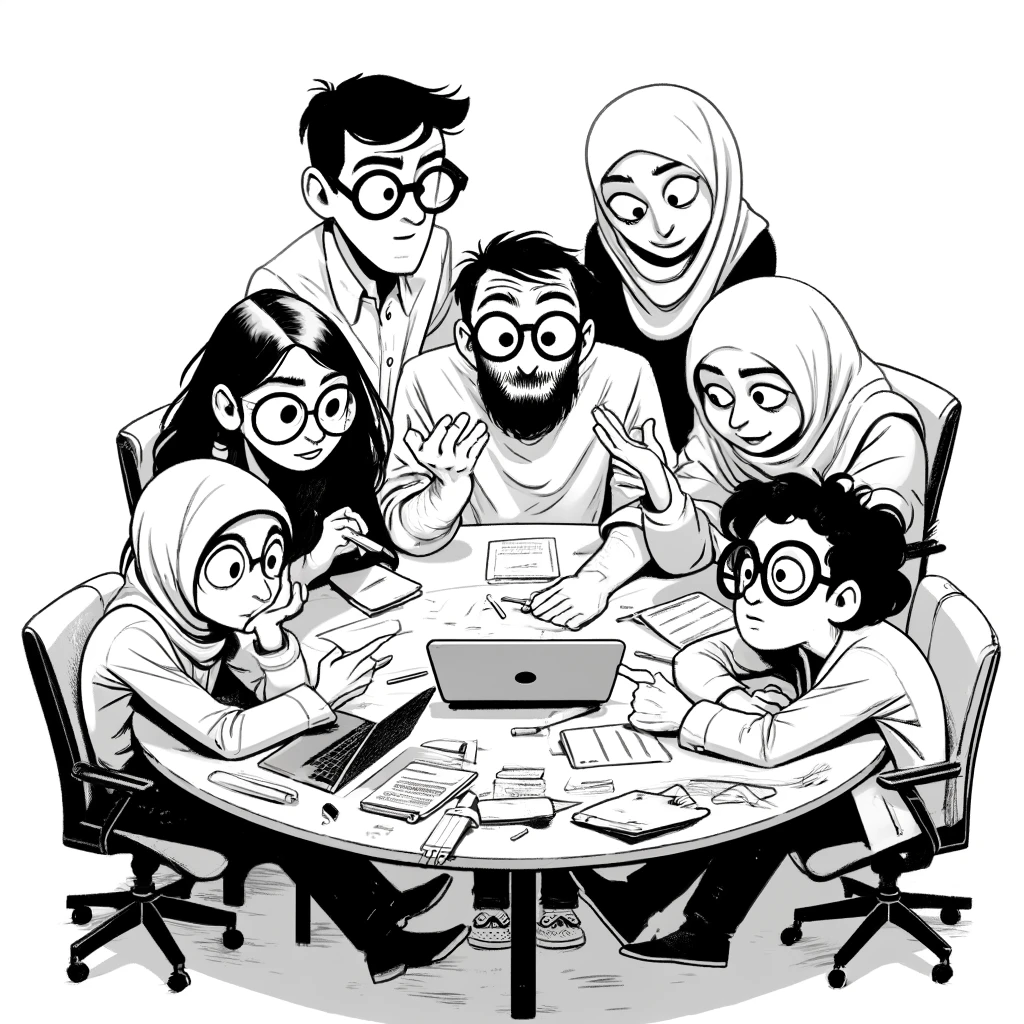Group Decisions
People are complicated. Really complicated. Navigating people in an environment where their motivations (and your own) are subject to a wide variety of ever-changing stimuli and thoughts makes for an exhausting experience. But if you can observe and identify what’s happening, you'll be able to rise above the chaos and find your way to a productive outcome.
Meetings are where most conversations about problems that require decisions are discussed. But they are interpersonal communication puzzles that more often than not are left unsolved. We'll talk about some strategies that you can use to help prepare for and solve these puzzles to efficiently produce outcomes that are on point. And we will talk about an approach that I've found works most of the time prior to a meeting to help make the experience go more smoothly.
Before
If you know that a meeting could be contentious, you can help ensure that resetting or regrouping will not be needed by having an extremely clear and brief written structure around the topic at hand. Share it for all to see during the meeting. There are two reasons for doing this:
- It will act as both a visual anchor and a mental one. I started by saying how complicated we are - our minds can take us in all sorts of directions. Help by laying down some some tracks to stay on course.
- It will help order your own thoughts. Since thoughts are amorphous, it’s easy for an originating thought to take all sorts of detours (some brains are better at not doing that than others). Writing, I’ve found, helps the brain control the scattered nature of our thoughts.
During
You're in a meeting and tensions are rising. Clearly, someone has said something that someone else has taken badly. Times like these are more common than we would like. They are also situations where we can get swept up in the torrent of emotion and lose sight of the goal of the conversation.
Recognizing this situation is the first step. Once it's been identified, you can act. Depending on your role in the meeting, you can either:
- Reset (Leader/Participant) - "Let's get back to the original question…" - If in a very heated conversation that is veering away from helpful into destructive, this can be a good way to reset the conversation and give people a few minutes to recover.
- Regroup (Leader/Participant) - "I think I've gotten some good information - let me see if I can summarize…" - Inject some scaffolding into the meeting to provide a structure and bring people back to logic and reason.
- Repose (Background) - If you are there more as a listener, not saying anything can be the best thing to do. This may seem counter-productive but as a bystander, you’re options are limited and it’s best not to prolong the chaos by injecting another perspective that may not have the authority to redirect.
After
After the meeting, it’s helpful to sum up the conversation to make sure everyone walked away with the same information. In cases where no decision was made, it’s helpful to be explicit about that and include what decision was not made. It may be possible and even likely that a decision can be made without another meeting because the problem at hand become more discrete and focused. With that clarity, the question can be more easily reasoned about especially if you consider that people have the space to consider the problem without the complexity of interpersonal communication detracting from the decision making. At this point, a slack conversation can close the loop
Final Thoughts
Everyone you work with has a life that has its ups and downs. As far as I can tell, most people (including myself) have trouble compartmentalizing their thoughts entirely and will allow all sorts of things to complicate work discussions about very specific topics. It’s important to empathize and separate yourself from that rollercoaster and stay focused on the subject at hand. There are things you can do before and during meetings to help make sure that they are productive despite the human condition.
